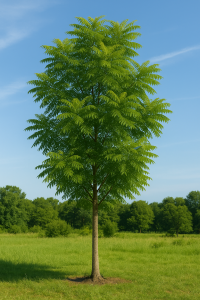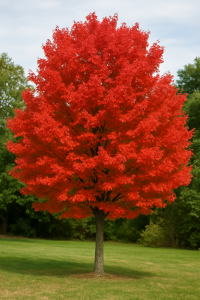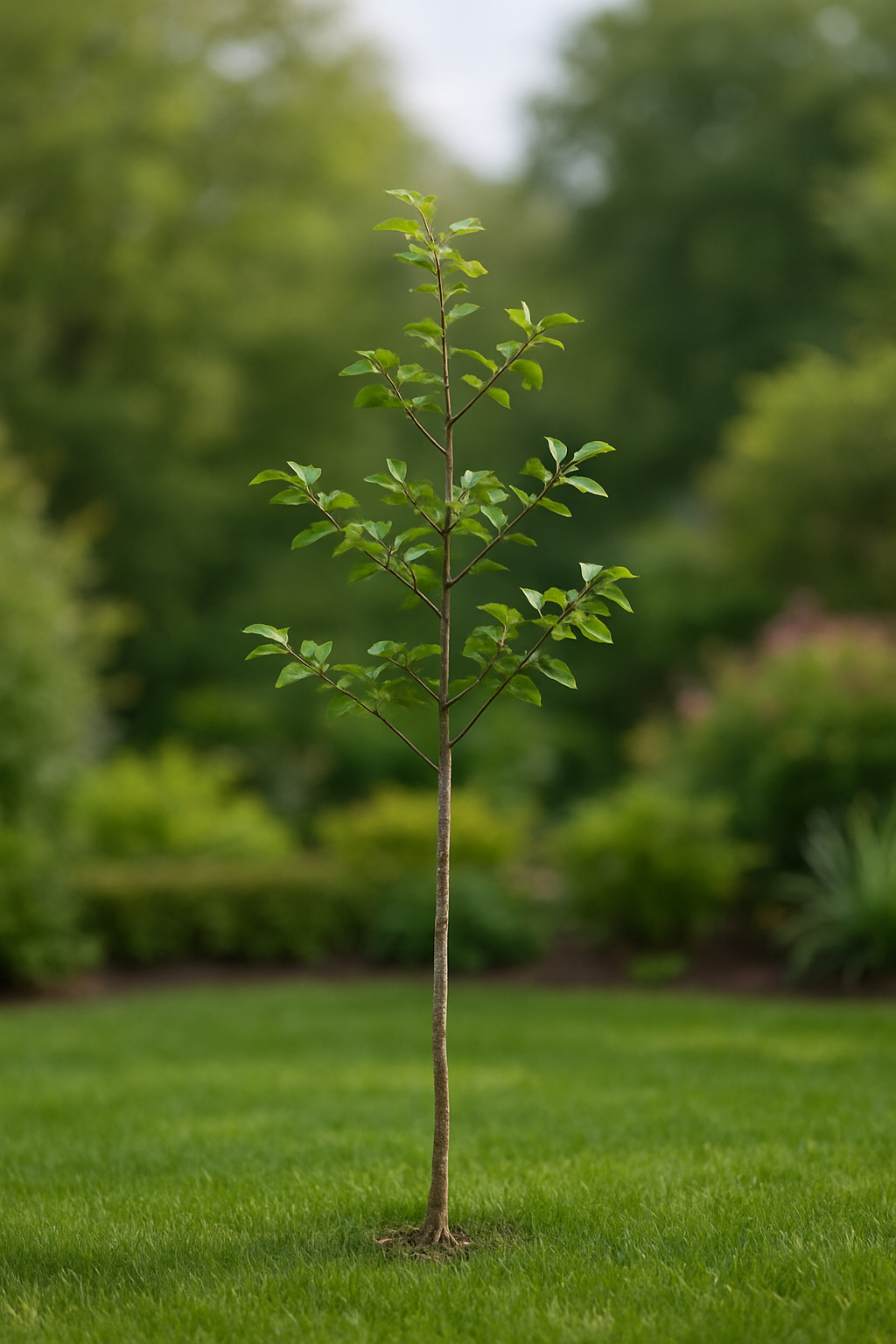You might be wondering if tree stumps grow back?
Yes, they do, even in Michigan!
Contrary to popular opinion, the climate has nothing to do with it, and even in the harsher weather, new growth is possible.
If you’re intrigued, here’s all the info you need about a tree growing back.
So, Do Tree Stumps Grow Back?
Yes, some species of trees are a bane to gardeners!
This is because those pesky roots are just stuck in there.
Some are so stubborn that they regrow after being cut down right to the ground level.
Not all trees are capable of this, so here’s a quick list of the worst foliage offenders:

Tree of Heaven
Tree of heaven is one of the most invasive tree species and grows pretty fast! It is known for its ability to rise again from stumps, and thrives in places where the soil has been disrupted.

Red Maple
Red maple is a stunning tree to behold, but behind its beauty lies a streak of dominance. Red maple produces a high number of sprouts allowing it to rapidly grow back from a stump.

Oak Trees
One of the mightiest trees in the forest, oak, is a wonderful species. It is also a stubborn plant known for producing sprouts after being cut, with red oak being common in Michigan.
Not all plants, shrubs and trees grow back after being cut down. However, there are some that grow back because of sprouts that arise after being cut, even to the ground level.
Some of the strongest trees that regrow in Michigan include Tree of Heaven, red maple and the mighty oak.
How New Tree Stumps Grow
There are many different things that can affect how a tree regrows from a stump.
Some of the biggest influences on a new tree are the soil, the amount of sunlight it gets, and how much water is available.
Some of the most common trees that grow back in Michigan are:
- poplars,
- cottonwoods,
- willow,
- elm,
- ash,
- red oak,
- and maple.
Not all trees are capable of regrowth, and it is more common in trees that lose their leaves (deciduous) rather than evergreens (conifer).
The root systems
The process that plants and trees use to feed themselves is called “photosynthesis.”
It’s a long word, but all it means is that plants convert sunlight into the food they need to grow.
From the leaves, a tree’s food is sent to the roots, where they can grow and stay strong.
Energy from this process is stored, and the roots remain active.
Because the roots stay active after this process, the stump might grow back.
There are two ways this happens, as we will see next.
Dormant buds
You might know that flowers and plants grow from buds, and so do trees.
Some trees have dormant buds, that means the buds are kind of asleep and are waiting to come out in spring or better weather.
When the weather gets better for the buds, they can shoot from their dormant state and begin to grow into branches.
This new growth comes from the stump or smaller branches around the tree that have been missed during the previous tree cutting process.
Stump sprouting
Stump sprouting sounds kind of cute, and it means that new growth can come from the stump itself or any nearby roots that are still strong.
Not all trees are able to do this, and it depends on many different things.
Some examples are the age of the tree, the surrounding area and soil, and the species of tree.
So, not all stumps will regrow after being cut, but many can.
On a fascinating side note, new growth trees can grow in different forms than the original!
Tree Stump Removal Services
There are many reasons why you might need to remove a tree, and some can be more stubborn than others.
And as we now know, some can grow back!
But all is not lost, as stump grinding services can completely remove a tree stump and its roots safely.
With stump grinding, a specially trained team can grind down the tree stump to the root level and prevent the stump from sprouting.
If you need a tree removed by a professional team, whether it’s just the stump or a full tree, contact Forest Green Tree Service today.
Conclusion
Tree stumps can grow back under the right conditions, but only certain species.
To prevent this, a tree needs to be cut to the roots by a specialist service using a process called stump grinding.



